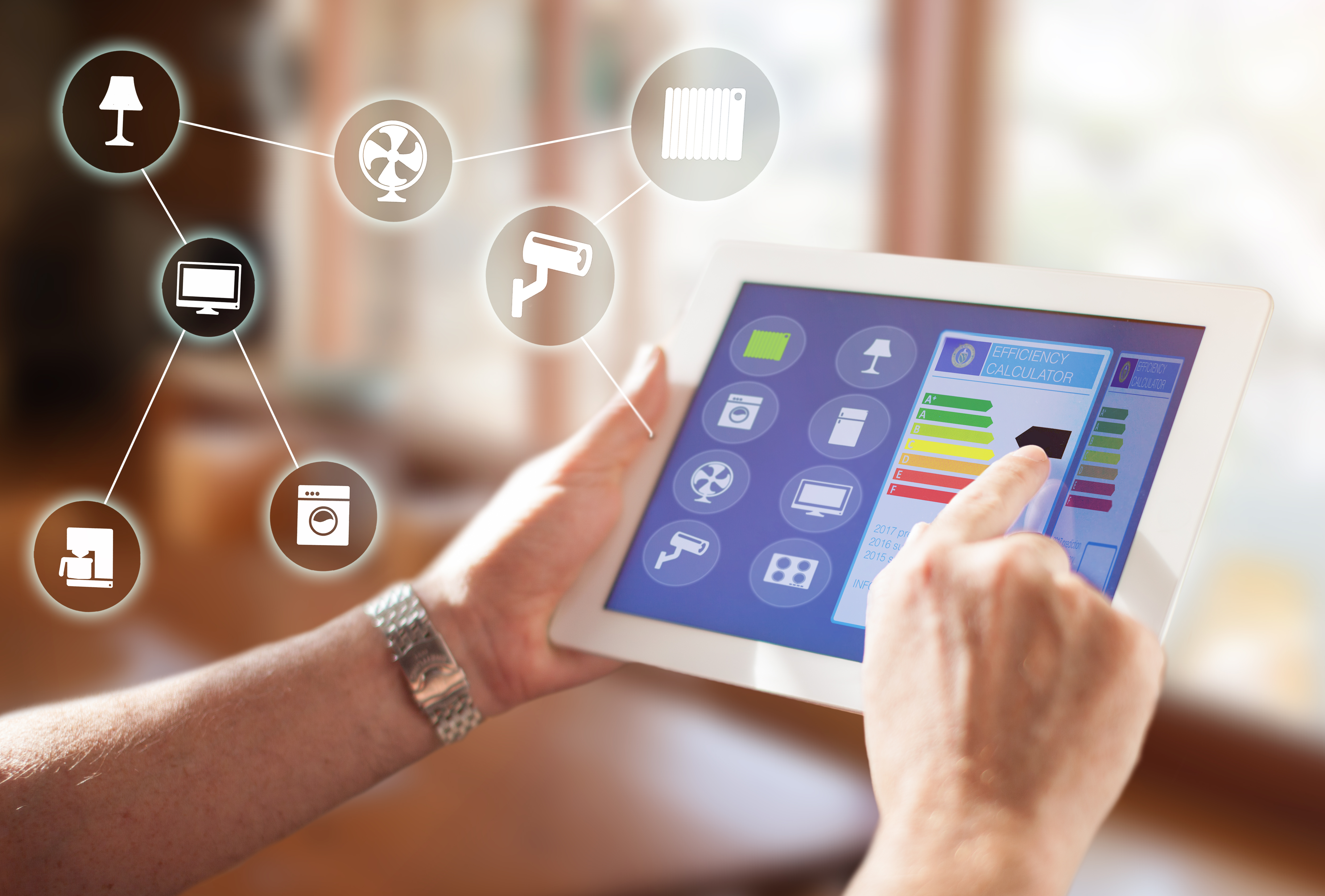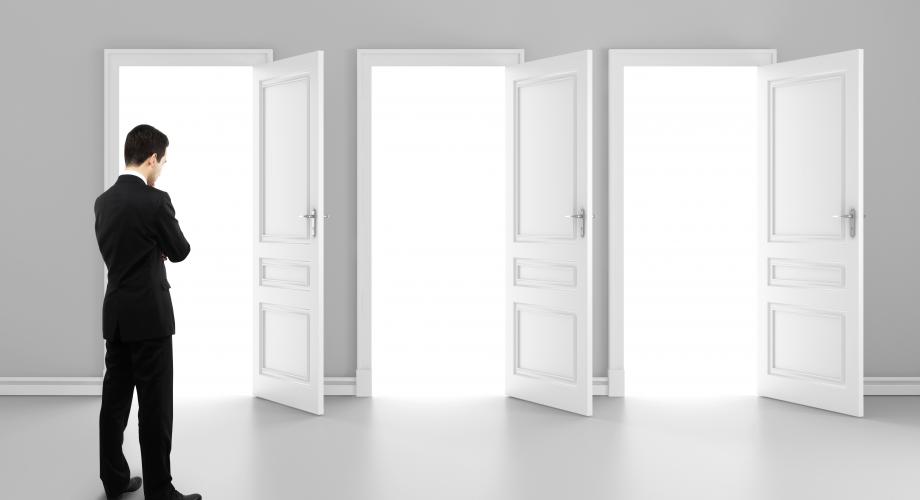Design of a multi-family residential building is fundamentally about addressing the experience of traversing three doors: Front door, elevator door and residence door. Each of these doors heralds an incremental change between public and private; limited control to private sanctuary. As we move through each, the security profile, privacy expectations, sense of control and community change dramatically until we are finally in our residence…at home.
Nowhere else is technology’s multifaceted impact on how a user experiences the built environment as clear as inside a multi-family building. Solving the three-door problem is just one aspect of the evolving role that technology plays in shaping how tenants and building managers interact.
When discussing multi-family technology options with clients, the Bala Technology team starts by breaking technology into three categories: Utility, amenity, and access.
Internet access is an essential utility for tenants; arguably as essential as electricity and for some, more important than running water. Unlike electricity or water, internet access provides the opportunity for the landlord to be the utility provider and when combined with the “cord cutting” trend, we are seeing a sea-change of owners moving towards providing internet access as part of the overall building amenity fee; essentially swapping service provider door fees for a monthly monetized service. It is for this reason that internet service providers are often referred to as the 4th utility.
As an amenity, MDU technology can improve resident engagement with public spaces. Fitness centers equipped with popular online spin class services and lounges equipped with gaming systems plus wireless screencasting allows residents to personalize their amenity area experience. Single, building wide, wireless Service Set Identifier (SSID) means residents and guests are connected no matter where they are on the property.

Residents want seamless access, constant connection and mobility, and to be able to use any device they want, at any time, with layers of IoT and Smarthome enhancements. To accommodate this, a modern multi-family facility will be equipped with bulk WiFi, cellular distributed antenna systems, or likely a combination of the two. Being able to connect anywhere from any device without the loss of connectivity while moving through a property is paramount to residents and extends their reach past their own unit. This access also facilitates the ability to traverse multiple locations and doors without carrying cards and keys allowing residents to minimize the need to carry multiple credentials and at the same time, increases security.
Historically, security technology has been a way to control access to a building and to authenticate users. Now, faced with the impacts of COVID and a need to facilitate access for tenants, guests, and service providers (like dog walkers or delivery services), access control is about smoothing the access process and answering our three-door problem.
Starting from the inside-out, the resident door is one of three key Smarthome components: door lock, temperature control, leak detection. Each of these components provides a tenant service (access, comfort, safety) but has a more important role in the day to day operations and cost control for the landlord. Unifying these systems into a single tenant and operator portal, integrated with the property and tenant management platform, streamlines the creation and resolution of maintenance tickets while allowing units to be remotely managed when unoccupied. Tenants are provided with a single portal for all Smarthome components, guest and service provider access (which can also include remote video intercom) and new device provisioning capabilities.
This tenant Smarthome portal, when integrated with more robust and cloud-based access control platforms, allows us to address both the building front door and elevator access control scenarios while incorporating mature security features like video event capture and management across multiple properties. The result is a seamless tenant experience using a common pin code or mobile credential on all three doors while providing best in class security where it counts the most.
When considering technology options for a multi-family residential building, it is important to address each technology facet: utility, amenity, and access. Bala is currently providing this holistic technology design for a multi-family building in Tennessee. Our plan incorporates utility, amenity and access and details the procurement and monetization plan to deliver a resilient building ready for the next major leap in tenant services.

